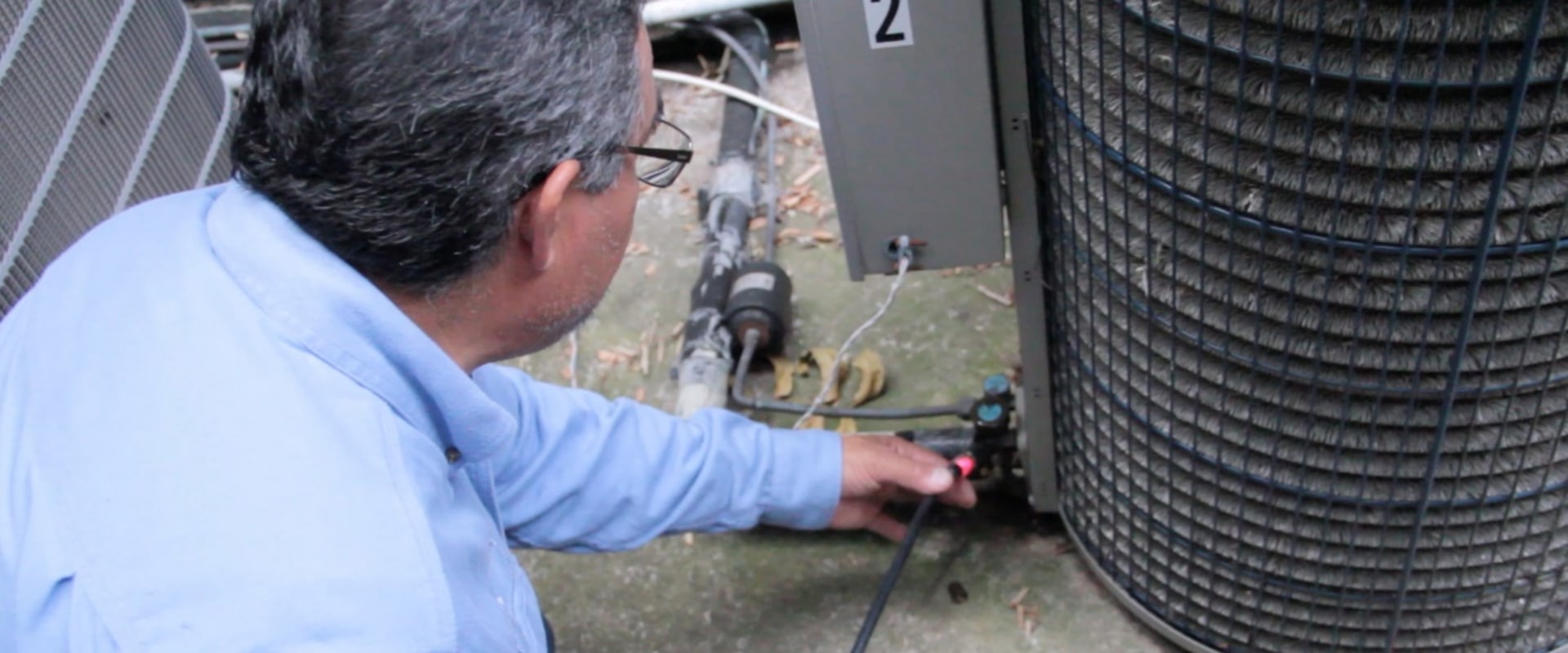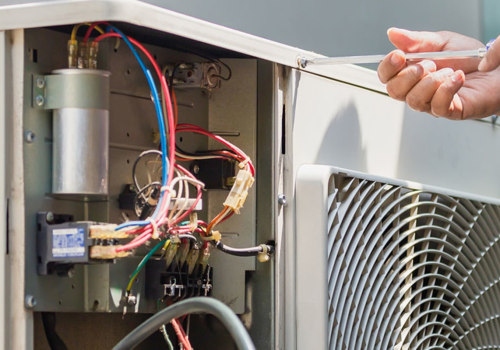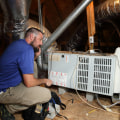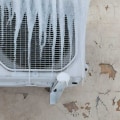Maintaining refrigerant levels is essential for proper air conditioning and refrigeration system operation. Refrigerant is the lifeblood of these systems, ensuring that they operate efficiently and effectively. Unfortunately, it's easy to overlook the importance of regular maintenance when it comes to checking refrigerant levels. Without regular checks, refrigerant can leak out and cause serious damage to the system, leading to costly repairs and energy inefficiency. This article will provide an overview of the importance of checking refrigerant levels in order to maintain optimal performance of your air conditioning and refrigeration systems.
We'll discuss the best practices for monitoring refrigerant levels, as well as common signs of a refrigerant leak and what to do if you suspect one. By following these guidelines, you'll be able to keep your systems running smoothly and prevent costly problems in the future.
Safety Precautions When Handling Refrigerants
Before attempting to check your refrigerant levels, it is important to understand the safety precautions that should be taken when handling refrigerants. Refrigerants can be highly flammable and poisonous, and therefore it is essential to take proper safety measures when working with them. The first step in ensuring your safety when working with refrigerants is to wear the appropriate protective clothing and equipment.This includes gloves, goggles, and a face mask. It is also important to ensure that the room in which you are working is well-ventilated, as refrigerants can release harmful fumes if not handled properly. It is also important to be aware of your surroundings when handling refrigerants. Make sure you are not working near any open flames or sparks, as these can easily ignite the refrigerant.
Additionally, do not attempt to handle refrigerants if you are feeling ill or unwell, as doing so can be dangerous. Finally, before attempting to handle any refrigerants, it is essential that you become familiar with the regulations and safety guidelines set out by your local authorities. It is important to adhere to all safety measures when handling refrigerants in order to protect yourself and others from any potential risks.
Different Types of Refrigerants
When it comes to choosing a refrigerant, there are several different types available. The type of refrigerant you choose will depend on the kind of air conditioning system you have and the desired energy efficiency level.Common types of refrigerants include R-22, R-410A, and R-134A. R-22 refrigerant is the most commonly used in older systems. It is a hydrochlorofluorocarbon (HCFC) that is being phased out due to its ozone-depleting properties. As a result, any systems that contain R-22 must be retrofitted with a different type of refrigerant. R-410A is a hydrofluorocarbon (HFC) refrigerant that has been designed to replace R-22. It does not contain chlorine and does not deplete the ozone layer.
It is more efficient than R-22 and can help improve energy efficiency. R-134A is also an HFC refrigerant that is becoming more popular for newer air conditioning systems. It is non-flammable and does not deplete the ozone layer, making it an environmentally friendly option. It offers similar efficiency levels to R-410A while also being more affordable. When selecting a refrigerant, it is important to make sure it is compatible with your system. This can be determined by consulting with an HVAC specialist or checking the owner's manual for your air conditioning unit.
Why Maintaining Refrigerant Levels Is So Important
Maintaining the correct levels of refrigerant is essential for keeping an AC system functioning properly and avoiding potential issues in the future.Refrigerant is a vital component of an air conditioning system as it helps to cool the air and maintain a comfortable temperature. If the refrigerant levels are too low, it can lead to a number of problems such as reduced energy efficiency, higher energy bills, and even breakdowns. On the other hand, if the levels are too high, it can cause excessive wear and tear on the AC system, leading to increased repair costs and potential system failure. If refrigerant levels are not monitored and maintained, it can result in serious damage to the AC system and may even invalidate the warranty. In addition, if you suspect that your refrigerant levels are low, it’s important to get it checked by a professional technician as soon as possible.
Low refrigerant levels can be caused by leaks in the system or improper installation, so it’s important to identify the source of the leak and fix it before adding more refrigerant. Not only does proper maintenance help to ensure that your AC system is running optimally, but it can also help you save money in the long run. Properly maintained systems require fewer repairs and have longer lifespans than those that are neglected. It’s important to monitor your refrigerant levels regularly and take steps to ensure that they remain at the correct level. Doing so will help you avoid costly repairs and help keep your AC system running smoothly for years to come.
Maintaining Refrigerant Levels in the Future
Maintaining the correct levels of refrigerant in your AC system is essential for ensuring that your system runs smoothly and efficiently.The key to doing this is to regularly check the refrigerant levels and top up or replace the refrigerant as needed. This can be done by a professional technician, or it can be done yourself if you have the right tools and knowledge. When it comes to checking the refrigerant levels, it’s important to note that there are two different types: high-side and low-side. High-side refrigerant is found in the condenser, while low-side is found in the evaporator. The two types of refrigerant need to be monitored and maintained separately, as they each have different pressures and levels.
To ensure that your AC system is functioning properly, it’s important to monitor both types of refrigerant and make sure that they are at the correct levels. In addition to regular checks and monitoring, there are other measures you can take to ensure that your refrigerant levels remain at their optimal level. One of these is to have your AC serviced regularly by a professional technician. This will help to identify any problems with your system, including any issues with the refrigerant levels. You should also keep an eye on your energy bills, as if they are increasing without explanation this could be a sign that your AC system is not running as efficiently as it should be due to incorrect refrigerant levels. Finally, it’s important to take steps to prevent any problems with your refrigerant levels in the future.
This includes making sure that you replace any leaking components, such as pipes or hoses, as soon as possible. It’s also important to make sure that you use only high-quality parts when replacing any components on your AC system, as this will help to ensure that the system runs efficiently and safely.
Checking Your Current Refrigerant Levels
Checking the current refrigerant levels in your air conditioning system is essential for ensuring optimal performance. It's important to regularly check the levels of your refrigerant, as it can affect the efficiency and longevity of your AC. The first step in checking your refrigerant levels is to locate the low-pressure side of your AC system.This is typically found near the evaporator coil or outdoor compressor unit. Once you've identified the low-pressure side, you'll need to attach a gauge to measure the pressure. You can purchase a refrigerant pressure gauge from your local home improvement store. Once the gauge is attached, turn on the air conditioning system and take a reading of the pressure.
Different systems will have different acceptable ranges for refrigerant pressure, so it's important to consult your owner's manual for the specific range for your system. If the pressure is too low, you'll need to add more refrigerant until it reaches the appropriate level. It's important to note that adding too much refrigerant can cause damage to your AC system, so be sure to follow any instructions provided by your manufacturer. If you find that the pressure is too high, it could be an indication that there is a leak in your system.
In this case, you'll need to contact a professional HVAC technician to inspect your system and repair any leaks. Maintaining and checking your refrigerant levels is an important step in keeping your air conditioning system working properly and efficiently. Regularly checking your refrigerant levels will help ensure that your AC system operates at peak performance and helps you avoid costly repairs down the road.











